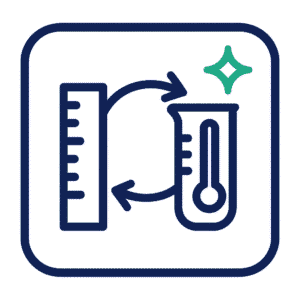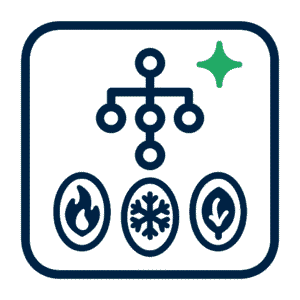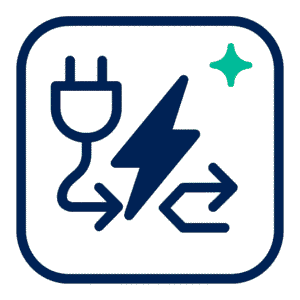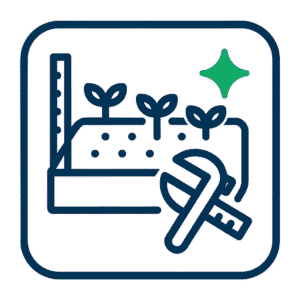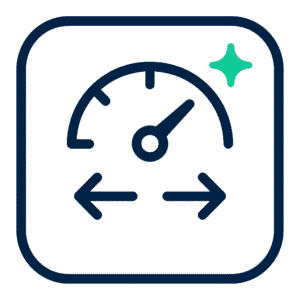Method and sources
Recommendations were synthesized from long-standing community guides and contemporary Classic-era reference pages that collect empirical outcomes from raid and open-world testing. Representative sources used for class-level assertions include Icy Veins’ Classic class guides and community talent repositories. For interactive planning, community talent calculators and build-sharing sites permit rapid iteration of a proposed spec and inspection of optimal talent points distribution. See Icy Veins Classic guides (https://www.icy-veins.com/wow-classic/) and Classic Wowhead tools (https://classic.wowhead.com/).
How to read the builds (operational framing)
Leveling path indicates a talent path designed for solo survivability and kill speed. Many recommended leveling patterns prioritize mobility, consistent single-target damage and resource sustain.

PvE raid path identifies the consensus endgame wiring for maximum raid contribution by role. For DPS classes this emphasizes stable single-target throughput and raid utility. For tanks and healers this prioritizes survivability and group throughput.
PvP variants emphasize burst, control and survivability relevant to battlegrounds and world PvP. PvP setups are often different from both leveling and raid configurations.
Interactive planning tools — a classic wow talent build planner or class-specific calculators such as the warrior talent calculator classic and equivalents for other classes — are recommended for testing alternate allocations and for viewing the numeric bonuses that drive talent synergy planner classic thinking.
Class summaries and canonical builds
Warrior — Arms to raid, Fury for fast leveling
Arms is often treated as the canonical raid Arms build for endgame DPS, while Fury or a Fury→Arms transition can accelerate level progression. Community guides recommend Arms for its consistency and cleave potential during leveling and Sweeping Strikes utility. Use a warrior talent calculator classic to visualize trade-offs between Mortal Strike, Overpower improvements and defensive nodes.
Rogue — Combat/Assassination hybrids for leveling; Combat or Assassination for raids
Community guides recommend a Combat + Assassination hybrid during leveling to gain strong cooldowns and sustain. For PvE single-target performance, Combat (sword) or Assassination (dagger) builds are the usual raid-side choices depending on loot and raid role. A leveling talent path calculator can help stage investments: early Combat enhancements followed by deeper ranks in Assassination or Combat for endgame tuning.
Mage — Frost baselines in early raids, Fire for dungeon burst and later AoE
Classic raid requirements and elemental immunities pushed many Mages into Frost-based builds during early progression; Fire finds more traction in later phases and in dungeons where AoE or critical burst is demanded. Frost also remains a common leveling recommendation for reliable crowd control and mana economy.
Hunter — Beast Mastery for leveling; Marksmanship/Beast Mastery mixes for raid contribution
Hunters who specialize in pet performance often prioritize Beast Mastery while leveling and tune into Marksmanship or mixed builds for specific raid damage configurations. A planner will show how point placements affect pet DPS curves and hunter shot scalars.
Priest — Shadow for raid DPS, Discipline/Holy for group utility and healing
Shadow is the dominant raid-DPS tree for Priests in Classic; Discipline and Holy remain core for group healing and support. Talents such as Shadow Weaving and improved Shadowform are raid-relevant breakpoints that community guides document for point allocation.
Paladin — Protection for tanking, Retribution or Holy situational for leveling/support
Paladin talent choices are role-dependent. Protection is the raid-standard tank path, whereas Retribution is sometimes employed in group-focused damage or leveling play. Paladin utilities (Blessings, auras) often drive raid selection more than solo throughput. A talent synergy planner classic helps make these trade-offs explicit.
Shaman — Enhancement and Elemental splits by role and faction constraints
Shamans split cleanly: Enhancement for melee performance and fast leveling, Elemental for caster damage in raid niches; Restoration handles group healing. Community guides map optimal point distributions for totem efficiency and elemental crit scaling.
Warlock — Affliction and Demonology early; hybrid points for raid utility
Affliction provides sustained pressure for long fights and multi-target engagements while Demonology offers pet and survivability benefits that affect threat management. Classic warlock references specify the point thresholds needed to reach critical talents.
Druid — Feral for leveling and tanking, Balance used in selected raid contexts
Druids provide hybrid flexibility: Feral supports leveling and tank roles, Balance (Moonkin) is used in some raid niches. Talent choices emphasize form benefits and hybrid node trade-offs; a leveling talent path calculator can assist in timing investments in travel, cat-form and spellcasting nodes.
PvP tuning, respecs and gold economy
PvP-oriented talent setups prioritize control, burst and survivability; many players maintained separate PvP and PvE plans. The respec economy in Classic is non-trivial; historical references document an escalating respec cost and decay mechanic. Archived documentation and community pages such as Wowpedia describe the respecialization mechanics in detail: https://wowpedia.fandom.com/wiki/Respecialization. Because of cost scaling, using a talent respec cost calculator or consulting community tables before frequent switching is prudent.
Practical toolchain
- Use a classic wow talent build planner or community calculator to prototype builds and to test optimal talent points distribution. Classic Wowhead hosts an interactive talent calculator that mirrors the in-game layout.
- For leveling choices consult class-specific guides (Icy Veins Classic class guides at https://www.icy-veins.com/wow-classic/) and validate early breakpoints with a leveling talent path calculator.
- For PvE or PvP transitions consult established pve talent builds classic wow and draft a pvp talent setup classic on a planner before spending gold on frequent respeccing.
Final Considerations
Classic-era talent design rewards planning and iterative testing. The best talent builds by class reflect role priorities: stable single-target throughput for raids, mobility and sustain for level progression, and control/burst for battleground engagements. For precision the community toolkit — a classic wow talent build planner or a warrior talent calculator classic, together with a talent respec cost calculator and a talent synergy planner classic — converts qualitative judgements into quantified outcomes. Community guides provide class-specific templates that can be adapted; planner-driven testing reduces wasted gold on respeccing and clarifies the real trade-offs in optimal talent points distribution. Small in-field experiments refine choices and produce effective results for both progression and open-world play.

